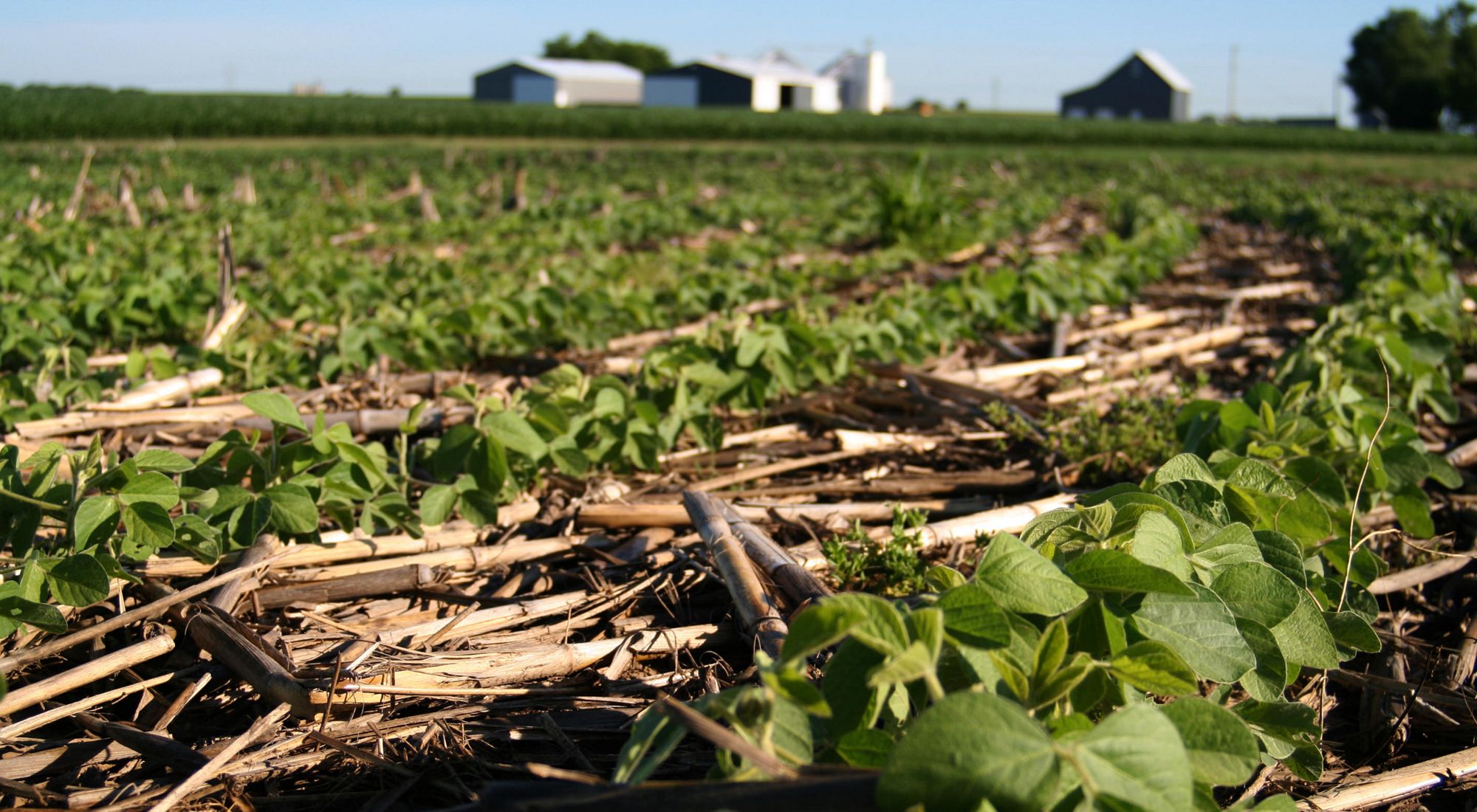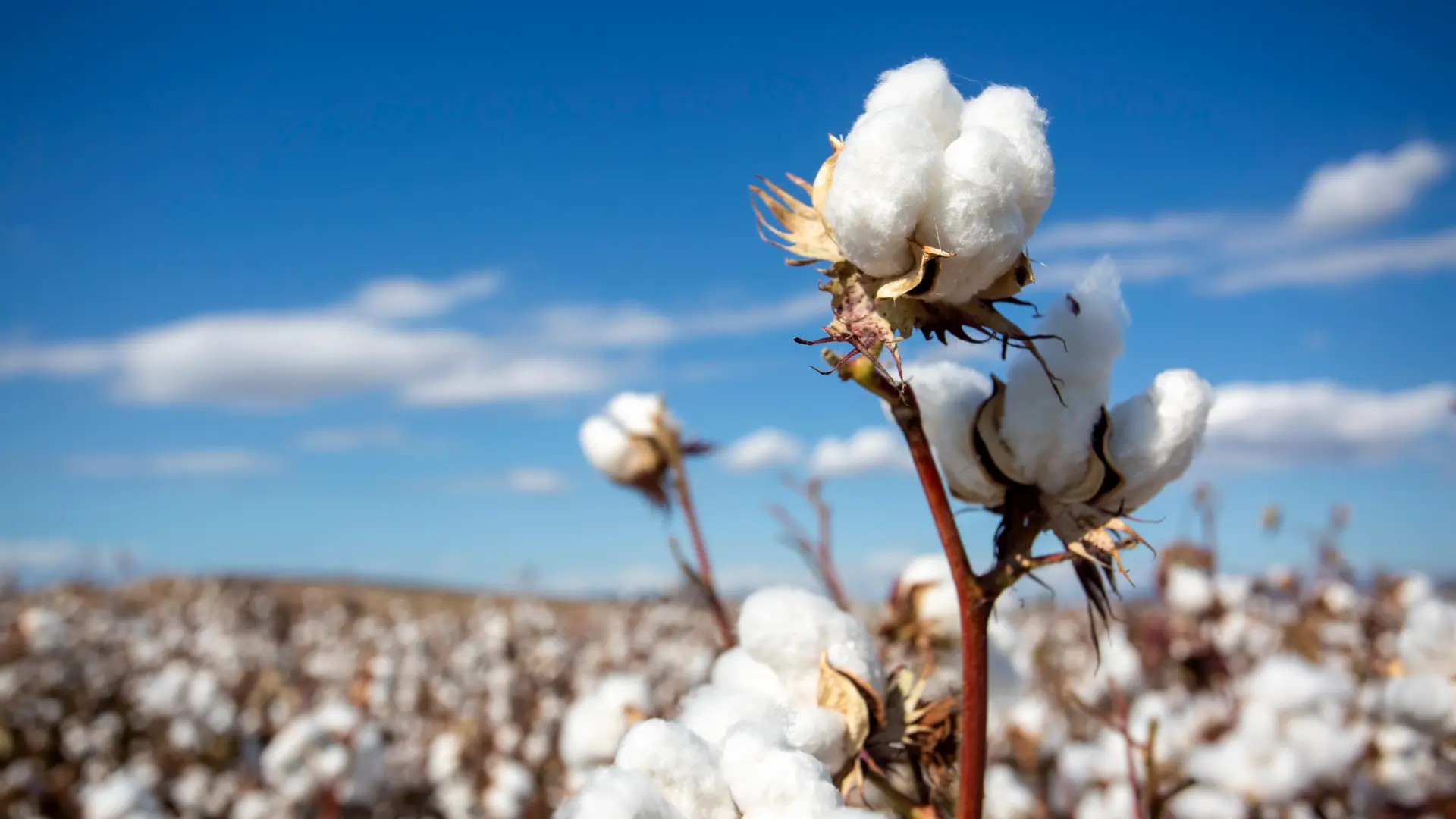In the rapidly evolving world of plant-based, non-dairy alternatives, Oatly stands out not just as the original oatmilk company, but as a beacon of sustainability. With a mission to help people eat better and live healthier lives – without recklessly taxing the planet's resources – Oatly has positioned itself at the forefront of sustainable food production.
With this position comes both great responsibility and a unique opportunity to drive industry-wide change.
Cultivating a healthier planet – starting with farmers
As Julie Kunen, Director of Sustainability at Oatly, explains, "We recognize that we are living in a climate crisis. The global food system contributes between one third and one half of global greenhouse gas emissions. And about half of that comes from the animal agriculture sector." The company has built a brand – and a business – around becoming a market-mover in sustainability, setting a new standard for the food and beverage industry. Oatly’s innovation is not just in developing a plant-based milk alternative to combat animal-based emissions (in the U.S., Oatly Original has a 49% lower climate impact than comparable cow’s milk*) — but also sourcing plant-based ingredients sustainably.
The company has set ambitious goals that align with its position as an industry leader. Says Kunen, “We have a sustainability plan for our company that sets a goal to source 100% of our most strategic ingredients sustainably."
Yet, Oatly realized that to truly live up to its mission and make a significant impact in the way consumers and the industry think about the future of food, it needed to go beyond the conventional focus on “sustainability.”
"It is not enough just to sustain," Kunen emphasizes. "Sustainability implies a kind of, ‘put it back to the way that you found it’ ethos. And we realized that, given the degradation that has befallen the [Earth], we needed to do better than that."
In response, Oatly has prioritized a focus on regenerative agriculture, supporting its growers in the implementation of practices that create a stronger food system.
"Regenerative agriculture is a holistic approach to agricultural systems, and it recognizes that everything in ecology, including the human dimension, is all interconnected,” says Kunen. “The concept is that you are trying to add value back into a system. You are trying to regenerate health and benefits, and that can be soil health, that can be emissions reductions, and that can be benefits for the people who are the principal element in the system, which are farmers."
While immensely valuable, implementing regenerative agriculture practices is expensive and resource-heavy, requiring collaboration with dozens if not hundreds of producers, who implement practices on their own farms.
In order to have the greatest impact on the environment and on farmers’ communities, organizations like Oatly need near-surgical insight into where these practices can and should be implemented. Long-term impact also requires organizations to be able to track progress over time and report accurately on results.
And perhaps most critically to Kunen was the challenge of scale. As she puts it, "I wake up every day thinking about scale in our agricultural systems and what we're going to do to have [an] impact. Pilot projects are great. They're great testing grounds and they're great learning. But if we're a company that wants to invest in transforming the food system as we know it today, we have to make an impact at scale."
A data-driven partnership for regenerative agriculture with Regrow
To address this challenge and seize the opportunity to lead the industry, Oatly turned to Regrow. This partnership has allowed Oatly to take a data-driven approach to implementing and scaling its regenerative agriculture practices.
Regrow's Agriculture Resilience platform has provided Oatly with the tools to analyze trends in practice adoption across its supply regions and understand the emissions factors specific to their sourcing areas. As Kunen notes,
"In lieu of using national averages, which is the default practice, we wanted a more bespoke understanding and a customized approach to the emissions factors from the region where we are actually sourcing."
The partnership enables Oatly to assess the return on investment for different regenerative practices. "If we incentivize farmers to adopt [a particular practice], which one produces a greater benefit?" Kunen asks. "Understanding that is through an analysis that we're doing together [with Regrow]."
Perhaps most importantly, Regrow's tools have given Oatly the power to scale its regenerative agriculture program. "When you have a small number of farmers or you're at the pilot phase, you can collect this data manually," Kunen explains. "But if you're thinking about scale... you need tools that will enable you to do this with large numbers of farmers across large numbers of acres, and a tool like Regrow gives us the power to do that."
Paving the way for industry-wide transformation
The partnership with Regrow has supported Oatly’s position as a true market-mover in sustainable agriculture. The company can now be better poised to implement regenerative practices across its entire supply chain, moving beyond pilot projects to create real, measurable impact.
"In Canada, for example, which is the supply region for our North American business, we estimate that we source from about 35,000 acres of oat growing land today," Kunen shares. "Our plan over time and in partnership with our principal miller, Grain Millers, is to scale our approach with a growing number of producers across a growing number of acres, and to eventually reach that target of 35,000 acres [of regenerative agriculture]."
Now that the company has set a precedent for transformation, it can build partnerships across supply regions and accelerate practice change globally.
This scalability is crucial for Oatly's mission to transform the food system. With Regrow's data and analysis, Oatly can prioritize practices that offer the greatest benefits in terms of greenhouse gas reductions and ecosystem health, making informed investments that maximize their positive impact.
Furthermore, as Oatly harmonizes its efforts across different regions, it is moving towards the ability to report on global impact.
The partnership has also strengthened Oatly's relationships throughout its supply chain. "None of the work that Oatly does in regenerative agriculture can be done without our partners," Kunen emphasizes. This network of committed partners – from farmers to mill operators to MRV partners – is essential for creating lasting change in the agriculture sector.”
As Oatly continues its journey with Regrow, the story will not just be about producing oat milk – it will be about cultivating a more sustainable future for agriculture. Through this partnership, Oatly is demonstrating that with the right tools and data, it's possible to scale sustainable practices and create meaningful change in the global food system. In doing so, Oatly is living up to its mission and setting a new bar for sustainability in the food industry.
*Derived from: Blonk Consultants (2023), LCA of Oatly Original and comparison with cow's milk. Blonk Consultants, Gouda, the Netherlands. Stages include raw material to point of sale and packaging waste management for average L produced and sold in U.S. Findings subject to assumptions, limitations, conclusions, and critical review statement.
.webp)





